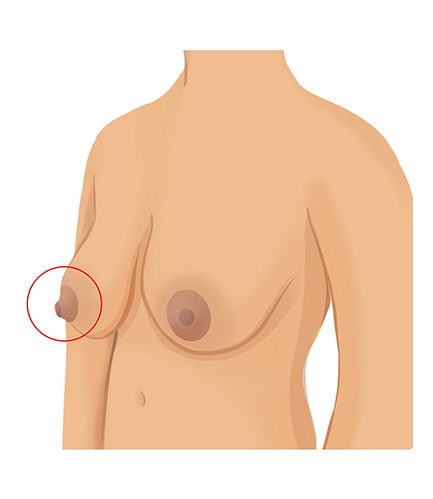Breastfeeding Support 24/7: 855-550-6667
Reverse Pressure Softening
Reverse pressure softening might be helpful if the nipple has flattened out due to engorgement and your baby is unable to latch. It helps move swelling away from your nipple, allowing it to extend back out.
Step-by-step instructions for Reverse Pressure Softening
- Place your fingers and thumb on the areola around your nipple.
- Firmly but gently push inward on the breast toward your ribs.
- Hold this pressure for at least 60 seconds, and up to 3 minutes until the swelling is pushed away from your nipple.
- Release your fingers.
- Latch your baby quickly before swelling returns.
Reverse Pressure Softening Demonstration
Reverse Pressure Softening
Reverse Pressure Softening in Action
If your nipple has flattened out due to engorgement, reverse pressure softening will help move swelling backward into the breast and allow your nipple to evert (push back out).

Reverse Pressure Softening
Your baby is unable to latch onto your breast when your nipple is flattened due to engorgement.

Reverse Pressure Softening
Step 1:
Place your fingers and thumb on the areola around your nipple.
Reverse Pressure Softening
Step 2:
Firmly but gently push inward on the breast toward your ribs.
Step 3:
Hold this pressure for at least 60 seconds, and up to 3 minutes.
Step 4:
Release your fingers.

Reverse Pressure Softening
Your nipple should be everted. Latch your baby immediately before swelling returns.
If you are still having trouble latching your baby to your breast, call the Texas Lactation Support Hotline at 855-550-6667.




